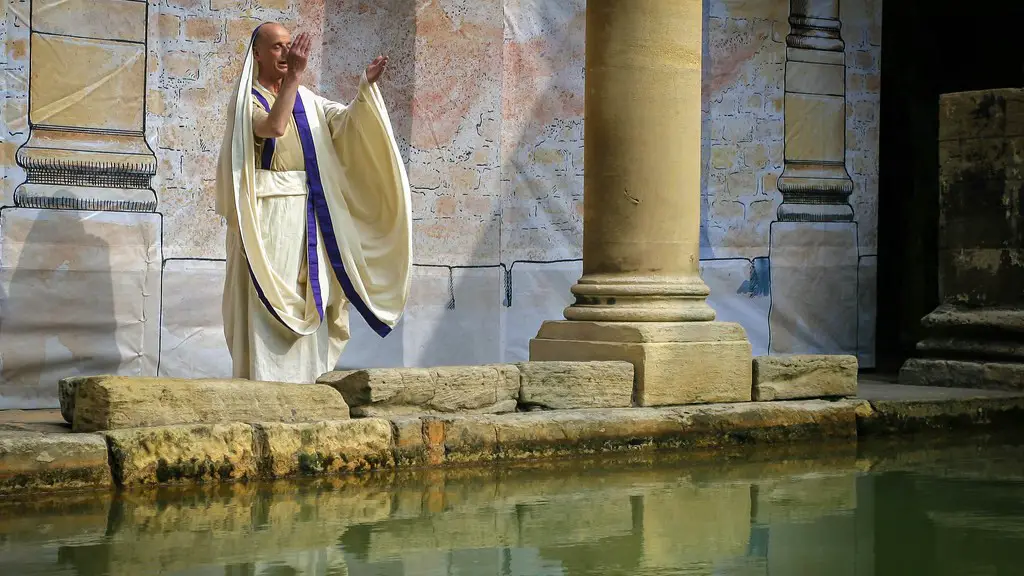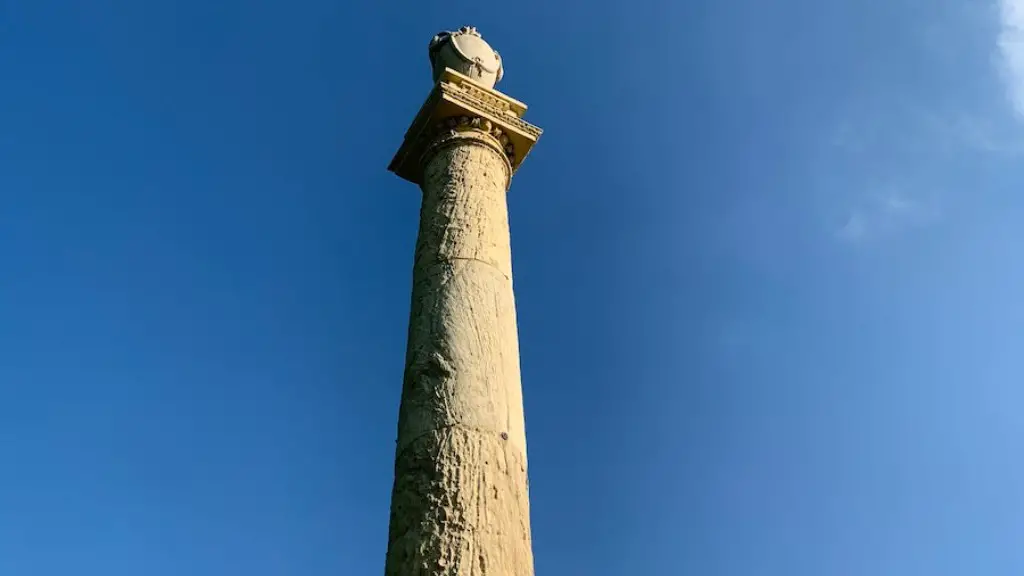Glorious Imperial Spectaculars
The Romans of antiquity, who believed they had been given domination of the world by the gods, strove to provide grandiose spectacles to entertain their subjects and to demonstrate their power. The staging Games and Gladiatorial Combat were two of these grandiose spectacles. For what purpose did they begin and why are they remembered to this day?
Many historians agree that the Romans derived the idea of gladiatorial combat from the Etruscans and the ancient Greeks. Warfare had been so intricate and decisive in its determination of men’s lives that it had become part of their religion throughout the Mediterranean. To propitiate the gods, and their departed honoree’s spirits, human sacrifices were offered. Mario Torelli, a distinguished Italian archeologist and Homeric scholar, claims that the origins of gladiators can be traced back to fifth century B.C. Tarquinia Etruscans, where slaves in funerary rites gave their lives in combat so that their master could make his entry into Hades triumphant, wrapped in the “glory” of a great funeral.
In Rome, where “Ceri” were long established as a part of religious ceremonies, gladiators were first seen at the funeral of Brutus Pertevus in 264 BC. Although the gladiators performed with considerable skill, they all died in the arena that day, as was the ritual of that time. Later gladiatorial shows were staged at the funerals of Julius Caesar in 44 BC and Marcus Legion in 30 BC. There can be no doubt that the ancient Romans were fascinated by the spectacle of these events.
By the end of the third century B.C. it had become a part of the common life of the Roman state. At the beginning of the second century B.C., the contests had become popular entertainment, yet strongly linked with religious practices and carried out with some formality. Over time, the games that took place in the great arenas became more elaborate and included chariot races, wild-animal hunts, special performances, and multiple gladiator combats.
The spectacle was so enjoyable that many emperors, who had access to all manner of entertainment, still chose to spend much of their leisure time in the amphitheatre. The real focus and the reason that gladiator games were so popular was the fact that they were extremely entertaining to the audience. The gladiators were seen as heroes, brave and strong, who fought to the death with little or no fear– to the delight of the crowd.
However, besides the entertainment aspect the gladiator games had deep political and social significance for the Roman citizens, enabling them to display their loyalty to their ruler, the emperor, and to feel part of a larger identity as citizens of Imperial Rome. Gladiatorial games became a symbol of Rome’s power and its culture of violence that was used to maintain control and to impress upon the citizens the power of the emperor.
With its deep-rooted heritage and cultural implications, the gladiator games not only had a profound impact on the course of Roman society but they continue to captivate and mesmerize people all over the world. Gladiatorial games are still remembered today, having become ingrained into popular culture and referenced in various forms of media. Historians still debate about their origins and motivations, trying to determine why the Romans chose to introduce such violent spectacles.
Path of a Gladiator
Gladiators were drawn from slaves, criminals and prisoners of war; anyone in the Roman Empire who is considered disposable by the state. Slaves in particular were often trained for one single goal – to become a gladiator. The selection process for prospective gladiators was highly strict and rigorous, as only the strongest and most capable of body and mind were chosen. No matter their origin, gladiators became a living symbol of Rome’s power and of its ruling emperor, who provided them with fights in the arena. Gladiators were trained by an experienced instructor, usually a former gladiator himself.
The training was rigorous, and the regimen was designed to create a warrior with the physical strength and proficiency to survive in a fight to the death. As part of the gladiator training, slaves were taught how to wield a variety of weapons and how to fight in different styles. Some of the more well-known weapons used by gladiators include swords, daggers, spears, tridents and shields. Gladiators were also trained in unarmed combat, including wrestling and boxing.
Training was organised by ludo gladiatorio (the gladiator school) in the morning and afternoon with 12 hours for sleep. Throughout the day, gladiators were expected to stand with their weapons in the country’s hottest temperatures, making the training very difficult for the slaves. Gladiators’ lives were far from luxurious; the majority of their time was spent in confinement, and they were fed a diet of wheat, barley and oil. As reward for success in the arena, gladiators were sometimes granted freedom, significant riches and status.
Gladiator Contracts and Social Status
As gladiatorial spectacles became more popular in Rome, emperors and other high-status people began to own and manage gladiators as a form of entertainment. To protect both the gladiators and the emperors, contracts were signed between gladiators and the people who owned them. This ensured that the gladiators were adequately taken care of, given proper food, housing and clothing, paid a salary, and given proper medical attention if they were injured.
In Roman society, gladiators were bound by a different set of rules compared to many other lower-classes in the empire. Their contracts gave them social status which enabled them to own property and even become members of the fight clubs within the arena. Gladiators were seen as shadowy aristocrats – a class that was often well respected, particularly by those in the higher echelons of society.
The contracts also allowed gladiators to be legally protected from their owners, which was the case for combatants who fought for the freedom of the people. This allowance gave gladiators the freedom to fight for their beliefs without fear of retribution or cruel treatment. Gladiators were even allowed to marry and were given access to marriage and fatherhood privileges that were otherwise unavailable to slaves in Roman society.
A Warrior’s Death
The Romans saw death as an ultimate test of courage. Therefore, what had become common in the Roman Colosseum was that a gladiator could be made famous by taking a brave and honorable death. Roman writer and philosopher Seneca noted that “Igitur qui famam expetit, doleat et perfecto certamine debeat mori”, which translates to “If a fighter seeks fame, he must be willing to die in the midst of combat”.
The cries of “morituri te salutat” (“we who are about to die salute you”) became a defining image of the gladiatorial games. In the context of gladiatorial combat, death was viewed as glorious, and if a gladiator survived his bouts, he was usually viewed as having broken the rules and was viewed with contempt as a coward.
The combat situation where one or both gladiators were killed was known as the summum munus, and this became the ultimate gratification for Roman spectators. A good fight highlighted the drama of death – and even in combat where nobody died, Romans still loved the show of death. Often, when gladiators chose not to finish a fight, spectators demanded the death of the ludus rather than the victory of the opponent.
Decline and Popularity
At the peak of the Roman Empire, gladiators and gladiator combat were a major part of life in Rome and other regional centers. They were seen as both a sign of Rome’s power and a source of entertainment. As Christianity further spread through the Roman Empire, the bloody spectacle of gladiatorial combat became increasingly unacceptable to the populace and the gladiator games saw a steady decline in the fourth century.
Though the gladiator games were officially outlawed in 393 AD, they continued to be staged clandestinely until the 5th century. Despite their decline, gladiator games still remain a popular form of entertainment. Their legacy still lives on in today in the form of movies, video games and other forms of media that recall their violent, yet exciting, early days.
The Gladiator Spirit
Gladiators in the Roman Empire provided excitement, entertainment, and stability for the massive empire. They served as symbols of strength and courage for the people of Rome, demonstrating the power and prowess of their civilization. Even today, the idea of a gladiator brings to mind a sense of reverence for their strength, skill and resilience – a spirit which continues to stay with us.
Though the actual gladiatorial combat has been relegated to the history books, movies, TV shows and books today serve to keep the gladiator spirit alive. Their feats of strength and skill in the arena still remain a source of inspiration and admiration, and generations of people are mesmerised by its simplicity and longevity. In the end, their spirit of courage and determination live on through their legends, tales and stories.




